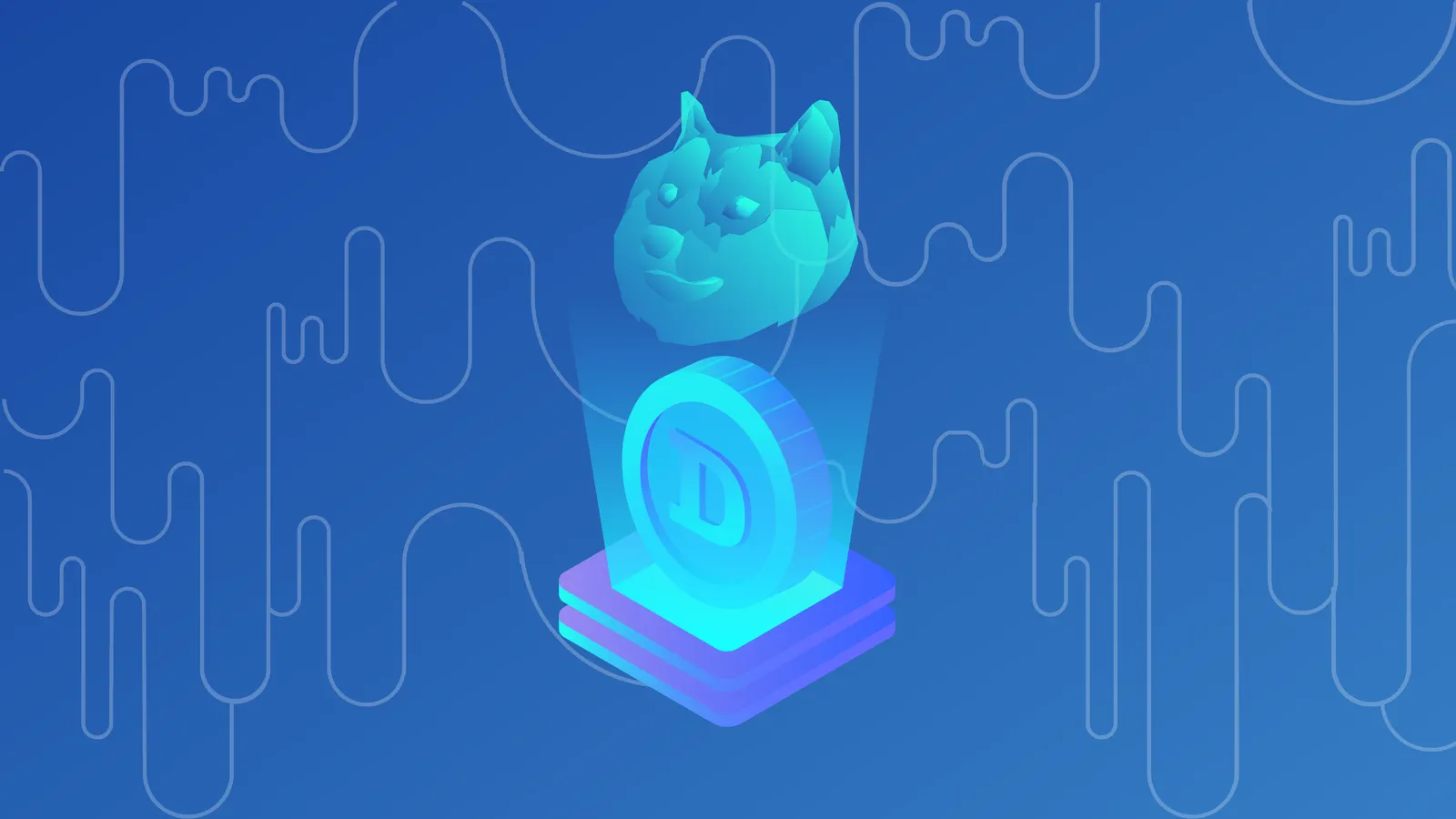In brief
- Meme coins and tokens are based on Internet memes, current events, online communities and influencers.
- Following the launch of Dogecoin in 2013, they have proliferated, with popular tokens including Shiba Inu (SHIB) and the Solana-based Dogwifhat (WIF).
- The launch of Solana meme token factory Pump.fun in 2024 enabled people to spin up a meme coin in seconds.
Memes have always been part of crypto culture—so it was perhaps inevitable that they would be financialized using the same technology that birthed cryptocurrencies.
Initially, meme coins like Dogecoin were created as a joke, poking fun at cryptocurrencies—but, in true decentralized fashion, they’ve evolved beyond their creators’ original intentions.
With their highly volatile prices shaped by influencers and rapidly moving news cycles, meme coins have become a growing sector of the crypto economy—but while some think of them as a way to realize eye-watering profits, others call investing in meme coins irresponsible at best.
Whoever’s right, meme coins and tokens are showing no signs of going anywhere. Here's the lowdown.
What are meme coins and tokens?
Simply put, meme coins and tokens are cryptocurrencies based on internet memes.
A meme was originally defined by biologist Richard Dawkins in his 1976 book “The Selfish Gene” as “a unit of cultural transmission, or a unit of imitation.” The term was later co-opted to describe internet memes, concepts or jokes that rapidly spread across the internet (although Dawkins later argued that internet memes are—ironically—an evolution of his own term, being altered deliberately by human creativity rather than random change).
Meme coins tap into this online economy of ideas, with each coin or token typically adopting the name and iconography of an internet meme. Typically, a meme coin has no inherent value, and often no utility.
The original meme coin, Dogecoin (DOGE), is based on the long-running Doge meme, which originated with a picture of a Shibu Inu dog. It runs on its own blockchain, and as such is distinguishable from meme tokens, which run atop an existing blockchain.
Some of the most popular meme tokens are Doge-imitator Shibu Inu (SHIB), an ERC-20 token built atop Ethereum, PepeCoin (PEPE), and the Solana-based Dogwifhat (WIF).
How have meme tokens become so popular?
Since Dogecoin was launched in 2013, it’s become much easier to create a cryptocurrency, and meme tokens can be launched rapidly on the back of events, or become popular due to their associations with influencers.
The arrival of Solana meme token factory Pump.fun in September 2024 turbocharged the meme token economy, enabling anyone to spin up a meme token in seconds. Some of 2024’s largest meme coins originated on Pump.fun, including BILLY, FWOG and celebrity-launched tokens such as Iggy Azalea's MOTHER.
More contentiously, Pump.fun has also served as the launchpad for livestream tokens, with creators taking part in suggestive and even dangerous activities on-camera in order to pump their tokens.
How do you buy meme coins and tokens?
As the leading meme coin, Dogecoin is available on a wide variety of crypto exchanges including Coinbase, Binance and Kraken.
Meme tokens tend to be available on a more limited range of exchanges. Shiba Inu, for example, can be traded at Binance, Crypto.com and KuCoin, as well as decentralized exchanges (DEXs) such as Uniswap.
Often, when they are first launched, meme tokens are given away.
How are meme coins and tokens different from other cryptocurrencies?
All cryptocurrencies rely on a strong community and influencer support. But meme tokens have gained popularity due to their disproportionate association with influencers. Tesla chief Elon Musk, for example, needs only to tweet about a topic such as Baby Shark—based on a popular children’s song—to send the price of related meme tokens soaring.
Meanwhile, meme token developers use publicity stunts to drive up the price. The team behind Shibu Inu coin decided to give half of all SHIB tokens to Ethereum co-founder Vitalik Buterin. But he foiled their plan when he dumped the tokens (giving the proceeds to charity), asking that projects not give him coins without his consent and stating that "I don't want to be a locus of power".
Meme tokens comprised around 3.45% of the crypto market cap as of November 2024, and the sector is worth over $109 billion, according to the aggregator Cryptoslate. But wild price swings are not unusual.
Typically, meme cryptos have a huge circulating supply—often in the quadrillions.
What are the dangers of meme tokens?
Not everyone sees the funny side of meme coins. Thailand’s regulator ordered exchanges to delist meme tokens in June 2021, alongside NFTs and fan tokens.
Newly launched meme coins typically have limited on-chain liquidity, and are extractive, with devs often cashing out of the project rather than reinvesting their profits into developing on-chain infrastructure.
At its most extreme, this takes the form of "rug pulls"—when developers hold a bunch of coins, get people to buy in, and then dump their coins. That causes the market to plummet, while they escape with their booty. Even experienced investor Mark Cuban has been a victim.
One way to mitigate the risk of rug pulls is to only buy coins and tokens that are vetted, audited, or have some sort of reliable third-party oversight.
The future
Relying on crypto influencers to shill the next coin seems a fickle enterprise. But the ultimate success of individual meme coins and tokens is dependent on the strength of their communities, and influencer culture is not going away.
Inevitably, barring regulatory crackdowns, the crop of meme tokens looks set to expand, as the tools to make them become ever more accessible.
And meme coins are becoming serious business. One Canadian digital asset manager has adopted Dogecoin as a treasury reserve asset, and following the 2024 U.S. presidential election (which itself spawned a crop of PolitiFi meme coins), some analysts have suggested that we could even see meme coin exchange-traded funds (ETFs) in the future.
This article was originally published in 2021 and was last updated in November 2024.
Disclaimer
The views and opinions expressed by the author are for informational purposes only and do not constitute financial, investment, or other advice.



